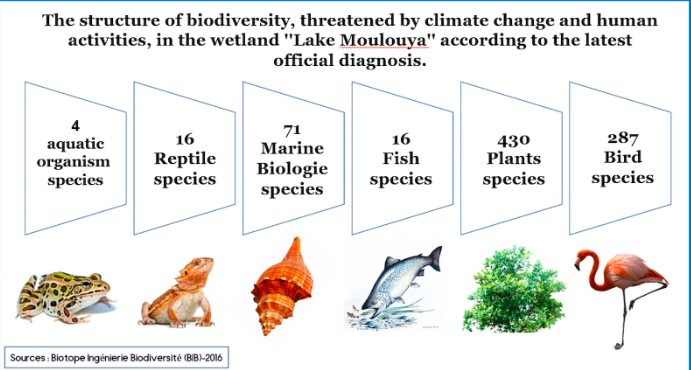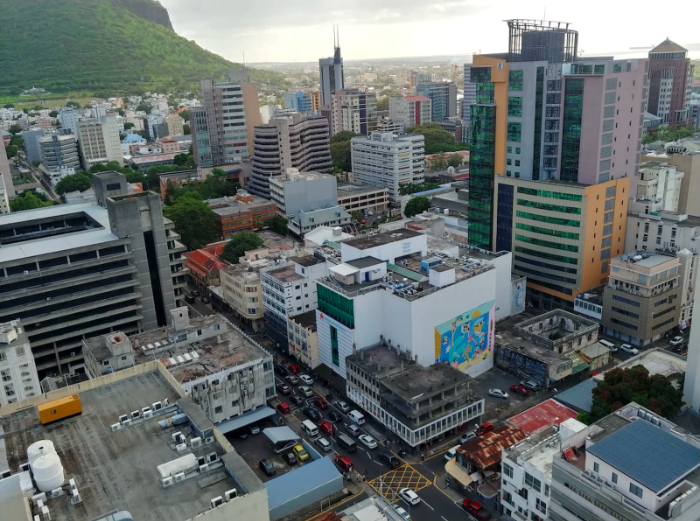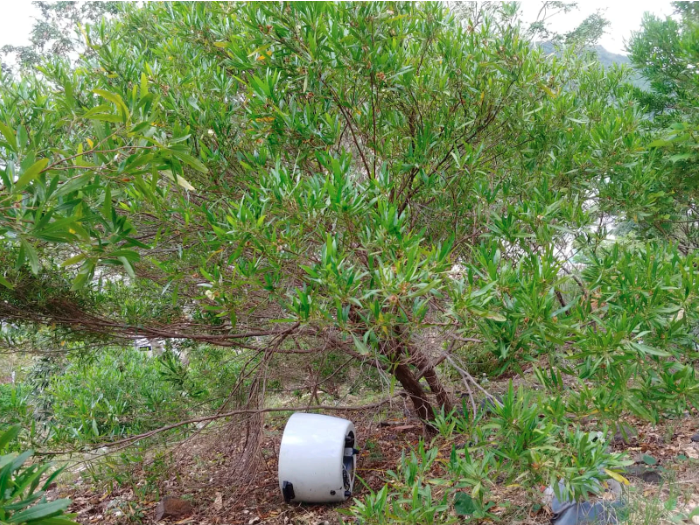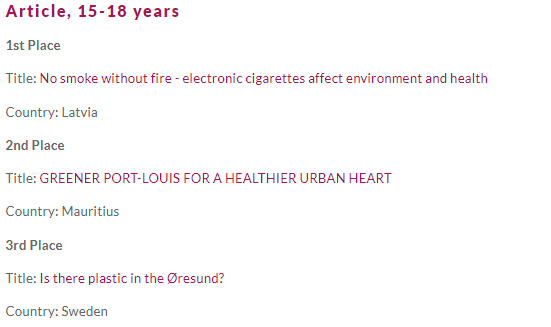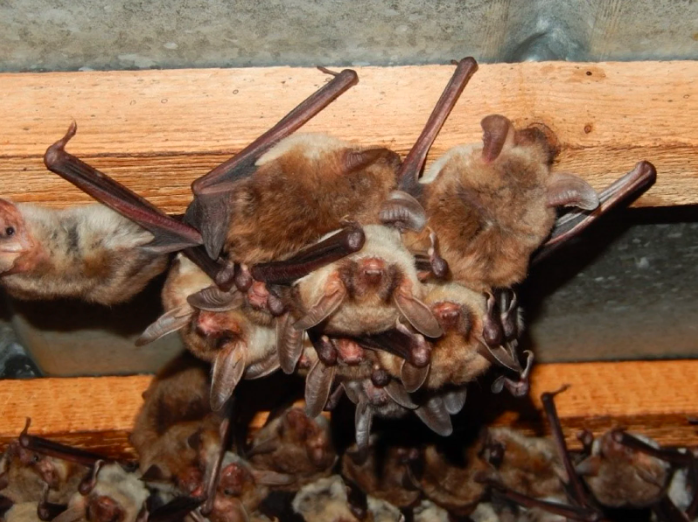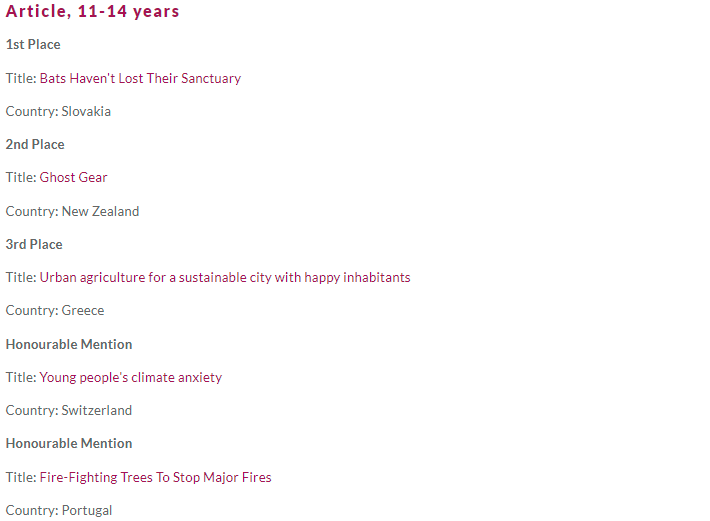YRE Competition 2022
3rd Place - Article
19-25 years old
By Michal Mazánik
THE CONSTRUCTION OF A SPORTS COMPLEX AT ZÁTOKA POKOJA (PEACE BAY) IN TRENČÍN, APPROVED BY THE CITY COUNCIL IN MARCH, MAY DISRUPT THE NATURAL CHARACTER OF THE AREA, ACCORDING TO ACTIVISTS, WHO ALSO DRAW ATTENTION TO SEVERAL SHORTCOMINGS OF THE PROJECT.
This natural location in the Trenčín region, located near the city centre, was neglected and polluted for a long time. The situation changed in 2011, when activists from the Centre for Environmental Activities (CEA) began to take care of the space. They transformed the previously unsavoury bay into an environment that ranks among the most sought-after recreational places in the city.
Vanda Mokráňová has been part of the community of volunteers for several years. She sees their work as a way to contribute to a better city and more attractive public space for herself and others: "Young people come here, people with dogs, they sit along the river or have a picnic. In the middle of the city, they find nature and birdsong," she says. In 2021, a municipal protected area of Trenčiansky Luh was declared near the place where construction is to take place.
The main justification for protecting the Trenčiansky Luh is that the floodplain forests on the river Váh River are wetland habitats of European importance. They are home to dozens of species of birds, mammals and amphibians.
SPORTS AND RECREATIONAL AREA FOR ALL
On sunny spring days, this natural area is a popular place to relax. (Two weeks before the reconstruction began.)
ACTIVISTS' CONCERNS
Volunteers fear that once the investment is complete, the territory will turn into a space that ordinary people will not have access to during times of athletic training. They point out that the project lacks toilet facilities and drinking water for athletes, which cannot be built here because the location is a flood zone. According to a member of the initiative, Klaudia Medalová, a sports facility suitable for organizing races of young athletes would make more sense at one of the primary schools.
In addition to the restoration of the current running oval, the project is to include the construction of two multi-functional playgrounds, a landing pit, and a shot put area. The clay surface of the track is to be replaced by Tartan [polyurethane]. Changing the surface of the running track is one of the reasons the natural character of the site could be disrupted. Also, during athletic training sessions, passage to the bay may not be possible through the running oval.
Erika Sagová, a spokeswoman for the city of Trenčín, sees no reason for concern: "The sports facility will primarily serve the general public. We do not believe that it is necessary to build toilets and other facilities there. People will come, do sports, and leave." She emphasizes that playgrounds and other recreational areas, such as apartment block courtyards, do not have toilet facilities.
RECONSTRUCTION HAS STARTED
Due to the construction of the sports facility, the bay will be almost inaccessible to the public during the summer of 2022.
INADEQUATE FUNCTION, BAD TIMING
Opinions vary among council members. Richard Medal, director of the CEA and member of the City Council, stresses that the original proposal, which would have been welcomed by the ZátOKa volunteers, was for just the restoration of the clay surface on the running oval. It was supposed to be reconstructed in half profile, for recreational runners.
"I think locating a training space in this area, or even a racing facility for athletics, is not right. Trenčín deserves a proper big track for running," Medal said. The project approved by the City for ZátOKa pOKoja, he describes as a "toy imitation".
Since the construction of the Vah Cycling Path is planned in the immediate vicinity next year, one can expect the Tartan track to be damaged in a few months, he said. Consequently, public resources will have to be spent repeatedly on repairs. Trenčín's spokeswoman Sagová responded, "The project plan includes the construction of the Vah Cycling Path. If they damage our track or anything else when building the route for cyclists, they (Trenčín Regional Government) will have to repair it." However, it is still the taxpayers' money that might be wasted.
AT PEACE BAY
The location is a pleasant alternative for Trenčín's residents to the hot and busy streets of the city.
COOLING EFFECT IN AN OVERHEATED CITY
Trenčín resident Janka came to ZátOKa for a walk with her young daughters. She views the announced sports facility positively, because the playground will be used by children and youth: "I don't mind, a lot of people don't come here today, maybe it's better if athletes use it. If there was a training event, we'd take the kids to one of the other playgrounds in the city."
However, Vanda Mokráňová believes that the space has already found its best purpose: "I have always said during meetings that I do not understand why interfere with a space that does not need it. You've got a lot of music here for very little money." In addition to community benefits, this natural element in the central part of town also has another important effect. Richard Medal, Radovan Jambor and Sylvia Mertanová, the drafters of the explanatory memorandum to the proposal for the declaration of the municipal protected area of Trenčiansky Luh, with which ZátOKa is physically and functionally linked, are in agreement. "It is of huge importance in terms of its location in the middle of the city. It performs important eco-stabilisation, health and psychogenic functions, as well as cooling the overheated urban environment," the report said.
DISSEMINATION
https://www.facebook.com/photo/?fbid=1930250397182569&set=a.215024812038478
https://www.facebook.com/groups/trencan/permalink/2129727223855834/
https://dennikn.sk/blog/2810949/skonci-sa-pokoj-v-zatoke-pokoja/
http://www.mladireporteri.sk/clanok/skonci-sa-pokoj-v-zatoke-pokoja
http://www.trencin21.sk/skonci-sa-pokoj-v-trencianskej-zatoke-pokoja-765.htm
https://yrehub.global/2022/05/20/%EF%BF%BCless-is-more-for-peace-bay/





